My newest Octane. Found on craigslist for $30, picked it up for $25 (graphics were said to be "hosed"). Reseated everything and got some ebay memory and it seems to be working fine so far. I still need to let it run for a while to be sure. It crashed the first time I tried to install IRIX, but I reseated everything since then and ran another install. Drives are from a couple Origin 200s I picked up a few months ago, probably going to move the DAT2 drive to my Octane2.
This is my first multiprocessor SGI that doesn't sound like a shop vac, though not my first with a graphics console since I added a SI board and IO6G to my Origin2000.
I'll be either adding another gig of ram (if I find another good deal) or seeing if I can convince it to use 384mb of the 512mb sitting next to it in static bags (2x128, 4x64). My first attempt brought an error message as if it didn't recognize one of the modules.
This is my first multiprocessor SGI that doesn't sound like a shop vac, though not my first with a graphics console since I added a SI board and IO6G to my Origin2000.
I'll be either adding another gig of ram (if I find another good deal) or seeing if I can convince it to use 384mb of the 512mb sitting next to it in static bags (2x128, 4x64). My first attempt brought an error message as if it didn't recognize one of the modules.
Code: Select all
# hinv -vm
Location: /hw/node
PM20 Board: barcode EDT941 part 030-0890-003 rev D
Location: /hw/node/xtalk/15
IP30 Board: barcode ESA218 part 030-0887-003 rev G
Location: /hw/node/xtalk/15/pci/2
FP1 Board: barcode EDJ746 part 030-0891-003 rev A
PWR.SPPLY.SR Board: barcode AAA7151296 part 060-0028-003 rev A
Location: /hw/node/xtalk/12
GM20 Board: barcode DZL083 part 030-0957-003 rev G
2 195 MHZ IP30 Processors
Heart ASIC: Revision E
CPU: MIPS R10000 Processor Chip Revision: 2.7
FPU: MIPS R10010 Floating Point Chip Revision: 0.0
Main memory size: 1024 Mbytes
Xbow ASIC: Revision 1.2
Instruction cache size: 32 Kbytes
Data cache size: 32 Kbytes
Secondary unified instruction/data cache size: 1 Mbyte
Integral SCSI controller 0: Version QL1040B (rev. 2), single ended
Disk drive: unit 1 on SCSI controller 0 (unit 1)
Disk drive: unit 2 on SCSI controller 0 (unit 2)
Tape drive: unit 3 on SCSI controller 0: DAT
Integral SCSI controller 1: Version QL1040B (rev. 2), single ended
IOC3/IOC4 serial port: tty1
IOC3/IOC4 serial port: tty2
IOC3 parallel port: plp1
Graphics board: MXI
Integral Fast Ethernet: ef0, version 1, pci 2
Iris Audio Processor: version RAD revision 12.0, number 1
PCI Adapter ID (vendor 0x10a9, device 0x0003) PCI slot 2
PCI Adapter ID (vendor 0x1077, device 0x1020) PCI slot 0
PCI Adapter ID (vendor 0x1077, device 0x1020) PCI slot 1
PCI Adapter ID (vendor 0x10a9, device 0x0005) PCI slot 3
Code: Select all
# /usr/gfx/gfxinfo
Graphics board 0 is "IMPACTSR" graphics.
Managed (":0.0") 1280x1024
Product ID 0x3, 2 GEs, 2 REs, 4 TRAMs
MGRAS revision 1, RA revision 0
HQ rev B, GE11 rev B, RE4 rev C, PP1 rev A,
VC3 rev A, CMAP rev E, Heart rev E
unknown, assuming 19" monitor (id 0xf)
Channel 0:
Origin = (0,0)
Video Output: 1280 pixels, 1024 lines, 60.00Hz (1280x1024_60)












 Did you buy it from an unusually tall girl?
Did you buy it from an unusually tall girl?
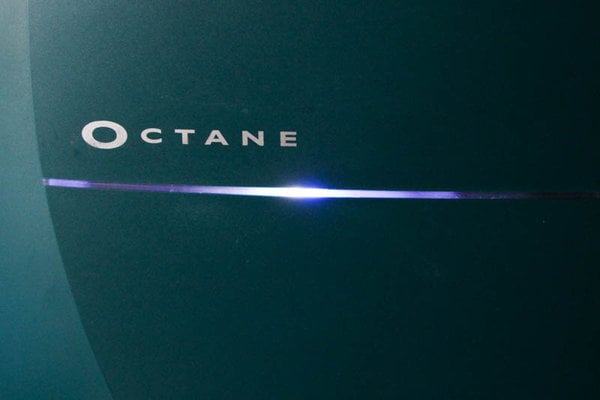
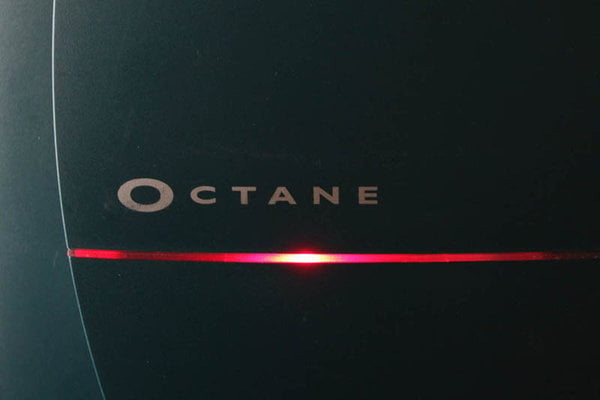
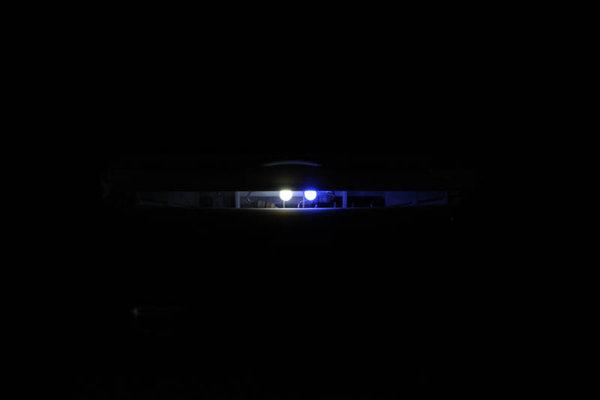
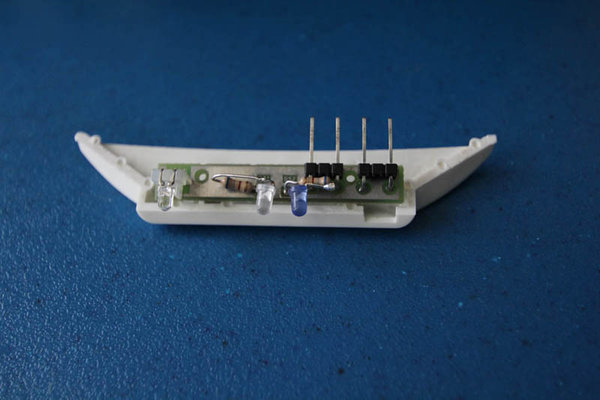
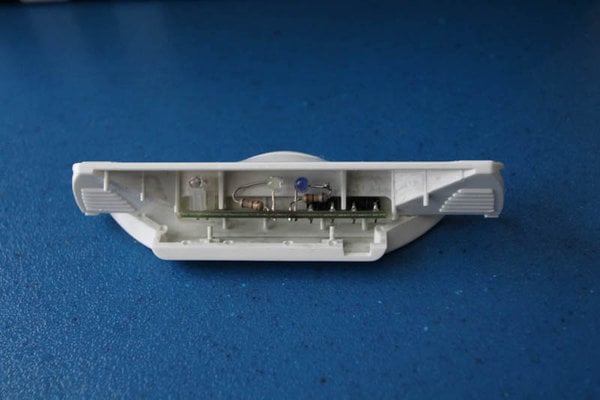
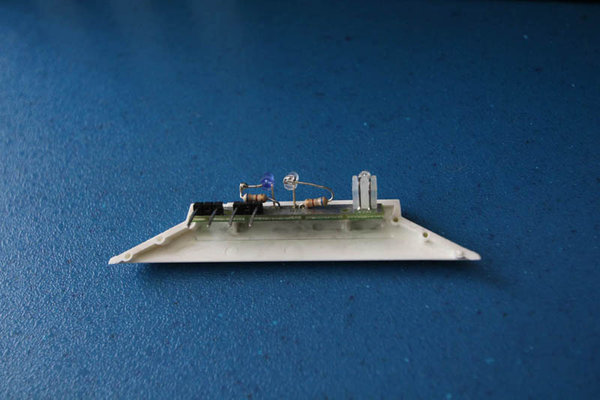
 ...
...

 -
-









